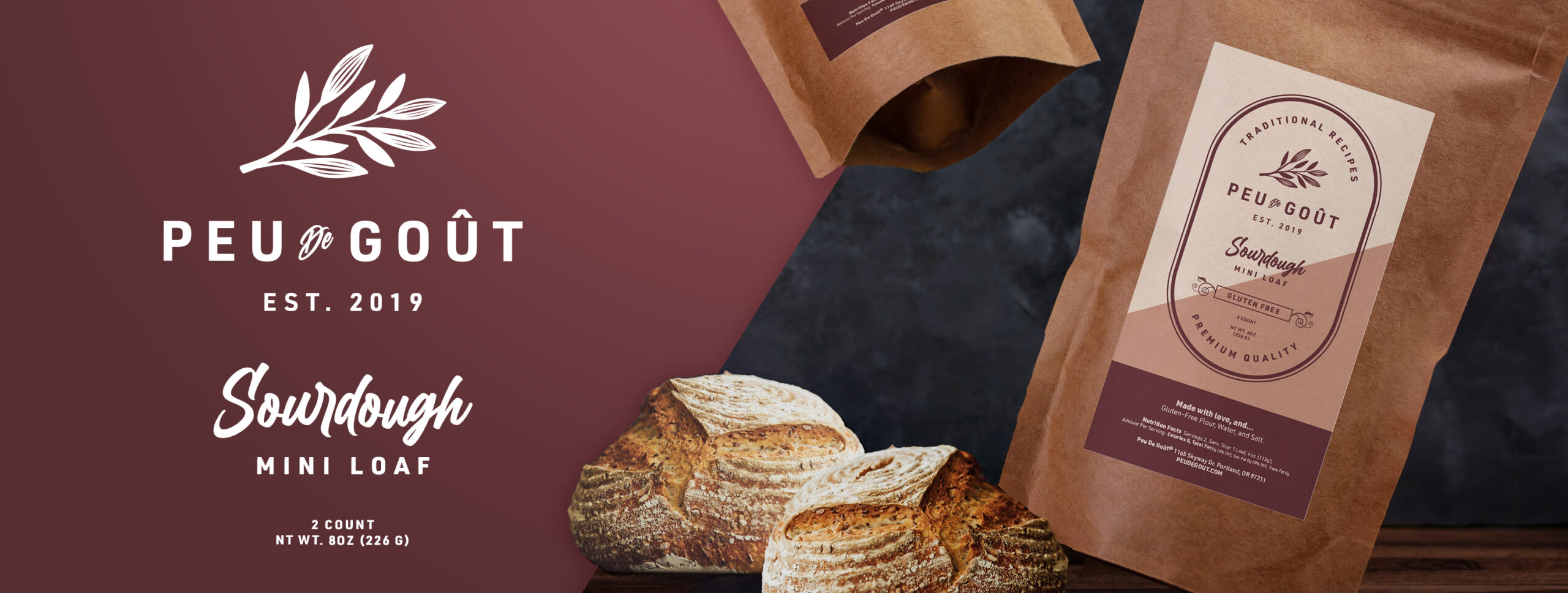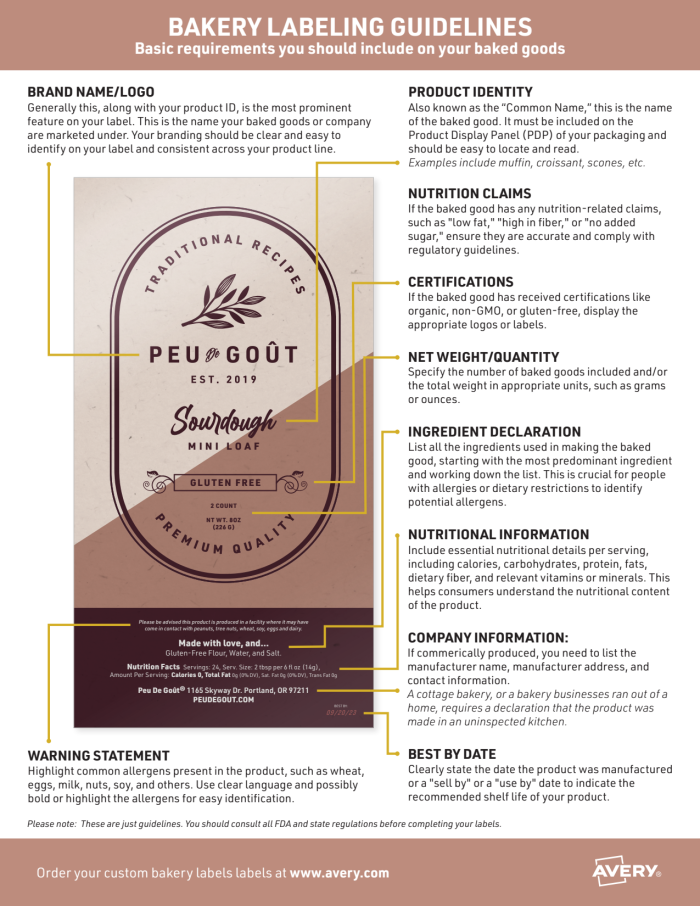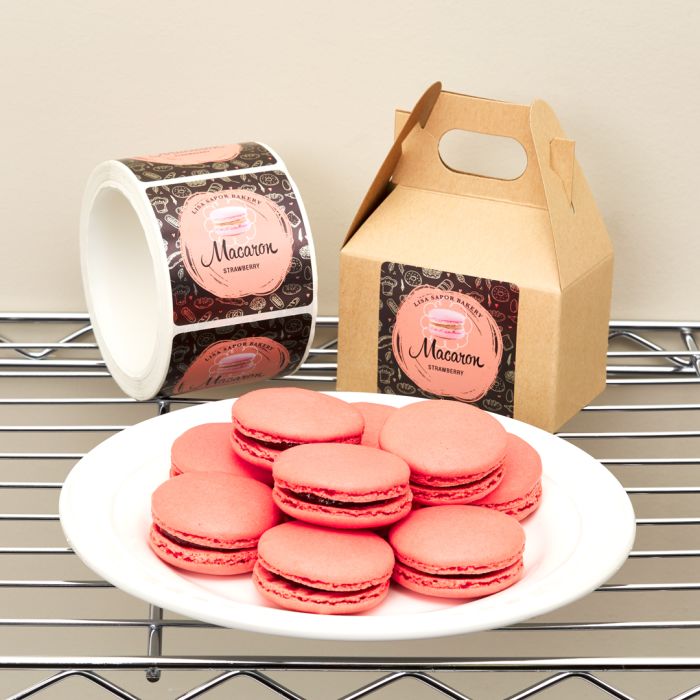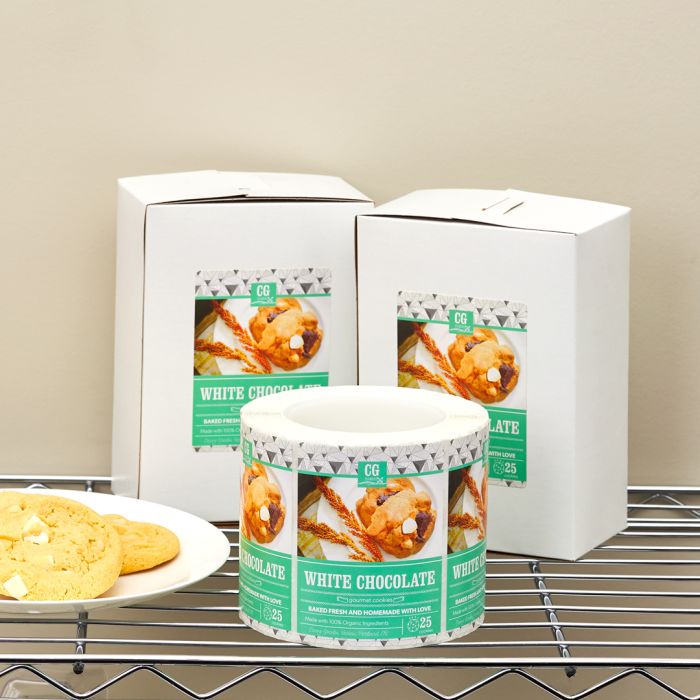
How to Make Bakery Labels: A Complete Guide
Estimated reading time: 5 minutes
Create eye-catching labels that highlight your baked goods and reflect your brand
Other articles you might like:
When it comes to baked goods, presentation is just as vital as flavor. A beautifully designed bakery label does more than inform—it creates a connection, reflects your brand’s personality, and makes your treats irresistible to customers. From packaging fresh bread to decorating cupcake boxes, your labels can be the finishing touch that sets your bakery apart.
Whether you’re an experienced baker running a bustling storefront or a home baker packaging treats for markets and events, creating labels that balance functionality and charm is essential. In this guide, we’ll explore the steps to craft bakery labels that not only inform but also elevate the experience of your baked goods.
Step 1: Define your brand identity
Before diving into design, take a moment to establish your bakery’s identity. Are you going for a cozy, rustic vibe with earthy tones, or a sleek, modern aesthetic with bold colors? Your brand identity should influence every aspect of your label design, from the fonts you use to the colors you choose. Consistency across your labels and other materials builds trust and recognition among customers.
Step 2: Gather essential information
Your bakery labels must include key details that inform and reassure your customers. Here’s a checklist of what to include:

Brand name: The name of your company or how you market your goods.
Product name: Clearly state what the baked good is, such as “Blueberry Muffin” or “Chocolate Chip Cookie.”
Ingredients: List all ingredients to accommodate those with allergies or dietary restrictions. Be accurate and concise.
Nutritional information: If feasible, provide nutritional facts like calories, fat content, and more. This fosters transparency and helps health-conscious consumers.
Certifications: Include certifications your baked goods may have received on your labels, such as gluten-free, non-GMO, or organic.
Allergen information: Highlight common allergens like nuts, gluten, or dairy if they’re present in your baked goods.
Date and price: Include the production or expiration date and the price of the product.
Company information: Add your bakery’s contact information, such as a website, social media handles, and physical address.
Step 3: Choose design elements
The design of your bakery labels should be both eye-catching and consistent with your brand. Here’s how to achieve that:

Color palette: Select a color palette that complements your bakery’s identity. Use colors that evoke the emotions you want to be associated with your treats.
Typography: Choose fonts that are easy to read and reflect your brand’s personality. Consider using a mix of fonts for headings and body text to create a hierarchy.
Images and graphics: Incorporate relevant graphics that showcase your baked goods. High-quality photographs can entice customers.
Step 4: Design software and free templates
Creating bakery labels doesn’t require professional design experience. Tools like Avery Design & Print, Adobe Illustrator, Photoshop, or Canva make it easy to start with customizable templates. Avery offers free templates to help you get started, and you can explore our article on the 5 Best Product Label Software Programs for more recommendations.
Step 5: Plan your layout

A well-organized layout ensures your labels are easy to read and visually appealing.
Label Hierarchy: Start with your product name, followed by essential details like ingredients and certifications.
Whitespace: Avoid overcrowding; leave space around text and images for clarity.
Size & Shape: Use a guide like How to Choose the Correct Label Size to find the perfect fit for your packaging. Avery offers custom sizes and shapes for added flexibility.
Step 6: Design with branding in mind
Here’s where the magic happens.
Typography: Maintain consistent font styles across all labels, ensuring they’re easy to read even at a glance.
Logo & Branding: Ensure your bakery’s logo is prominently displayed for instant recognition.
Color & Imagery: Combine your chosen colors and visuals in a way that’s harmonious but attention-grabbing.
Step 7: Review and proof
Before printing, carefully review your design for typos, inaccuracies, or missing information. Have someone else check your work—they may catch details you missed.
Step 8: Printing and application
Now it’s time to bring your labels to life!
Material Selection: Opt for materials that align with your needs—waterproof labels for refrigerated items or classic finishes for artisan baked goods.
Printing Options: Use a high-quality printer or rely on a professional service like Avery WePrint for polished results.
Application: Apply labels evenly to create a clean, professional appearance that enhances your product’s appeal.
You’re ready to get started
Designing bakery labels is a blend of creativity and practicality. They’re not just about sharing essential details—they’re a key part of telling your bakery’s story and captivating your customers. With these steps, you’ll create labels that make your baked goods stand out while building brand loyalty.
Need assistance with designing or ordering your labels? The Avery Customer Care team is here to help at (800) 942-8379. Happy baking!



